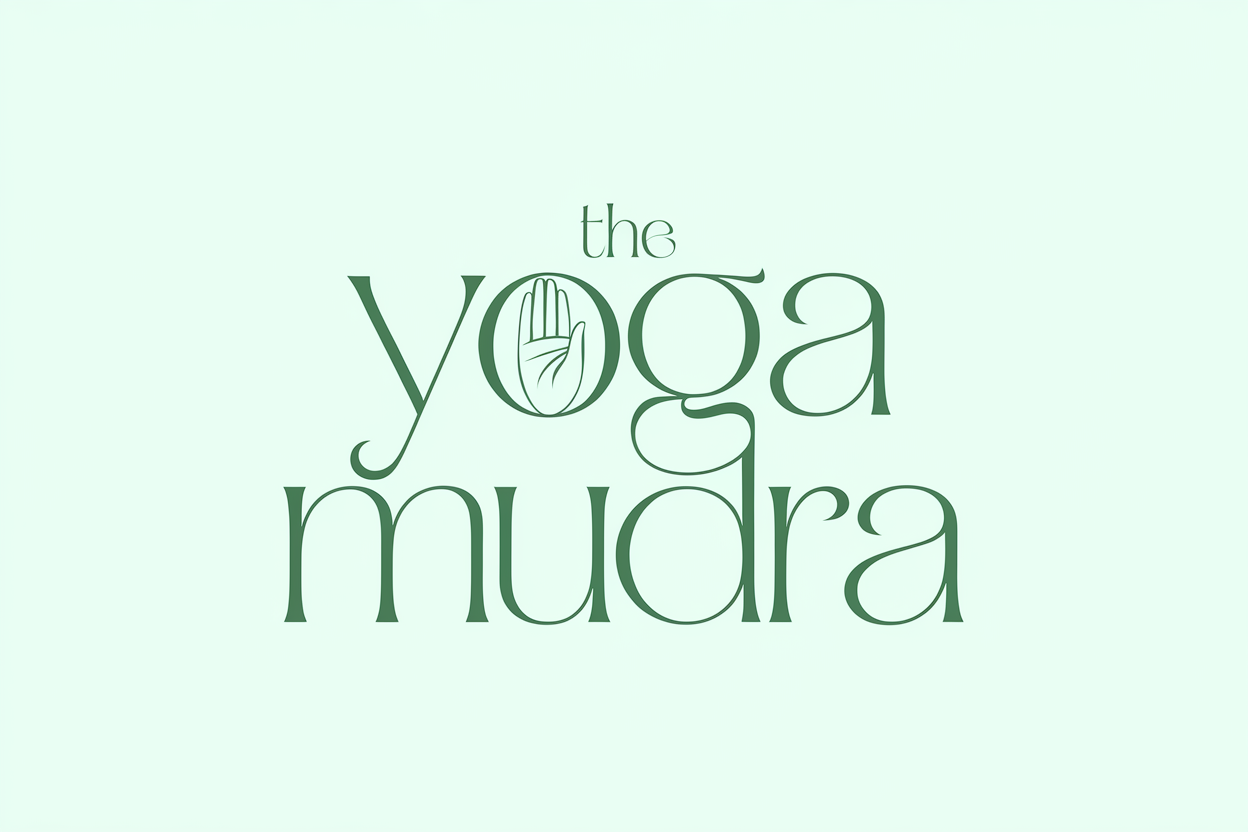Starting a new activity, whether it’s a sport or a spiritual practice like yoga, can bring a mix of excitement and apprehension. Often, our fears are unfounded, and we adapt quickly. However, sometimes a small, avoidable mistake can turn that first experience into an unpleasant memory, discouraging us from continuing. This is particularly unfortunate when it comes to yoga, a discipline rich in benefits for both body and mind. To help you start in the best possible way, here are three common mistakes made by new yogis and our tips on how to avoid them.

Mistake #1: Not Clearly Defining Your Expectations.
There are numerous styles of yoga, each catering to different needs: relaxation, muscle strengthening, flexibility, or spiritual growth. Before you start, take a moment to reflect on what attracted you to yoga. Do you want to reduce stress, improve your physical condition, or reconnect with yourself? Once you have defined your expectations, discuss them with your instructor. Yoga teachers are passionate about their craft and will be happy to guide you toward the practice that best suits you. Don’t hesitate to set concrete and measurable goals, with timelines to track your progress.

Mistake #2: Rushing In Without Trying Different Options.
Many beginners immediately enroll in a multi-month yoga program, often paid in advance, without taking the time to explore different approaches. These progressive courses can be great, but it’s crucial to find a style and pace that fit your needs.
To avoid this pitfall, start with trial classes or pay-as-you-go beginner sessions. These classes allow you to explore different types of yoga without significant financial commitment. They are designed to give you a broad overview of available practices and let you progress at your own pace. This way, you can explore calmly before choosing a more structured program that truly suits you.

Mistake #3: Choosing the Wrong Teacher.
The importance of a good yoga teacher cannot be overstated. Traditionally, yoga was taught under the rigorous guidance of an experienced master, but today, some instructors obtain their certification in just a few days. An underqualified instructor can not only hinder your progress but also increase the risk of injury. Take the time to research your teacher’s experience and qualifications. A good teacher will guide you with patience, correct your postures, and adapt exercises to your level.
By avoiding these common mistakes, you will set yourself up to fully enjoy the benefits of yoga. Remember that each journey is unique, and the key is to practice with joy and without pressure. Namaste!

Discover the power of yoga to transform your body, calm your mind, and redefine your daily life — even if you're just starting today.
Dive into an inner journey with this complete and gentle book, designed to introduce you to yoga in a simple and authentic way. Accessible to all, rich in ancestral techniques and practical advice, it helps you cultivate strength, serenity, and mental clarity in your daily life. Let yoga return to what it has always been: a philosophy of life, within your reach.

